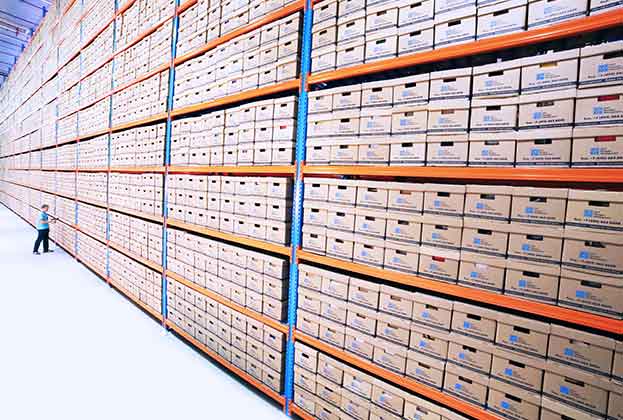Global demand, trade growth, automation and nearshoring will impact occupational demand from the manufacturing sector
Global demand
One such boost for Europe’s manufacturing sector has been the fall in oil prices. As a net importer of oil and gas, lower input costs will aid Europe’s manufacturers through the Covid-19 recovery. Brent crude oil fell from $69 per barrel at end 2019 to its nadir of $21 per barrel during lockdown before recovering to c.$45 per barrel. However, European exporters’ economic resilience will depend more heavily on the speed of recovery of global demand.
The stagnation in global trade growth (c.60% of global GDP ever since 2008) will leave some of Europe’s manufacturers more cautious when investing. Growing China-US trade tensions and slowing Chinese economic growth dragged on demand levels during 2019, as Euro Area manufacturing output contracted by 1%.
Transportation
In the UK, one of the fastest-growing subsectors for private manufacturing investment has been engineering and vehicles, rising by 70% over the last 10 years, and now accounts for 46% of total manufacturing investment in the UK. Although many of the car manufacturing plants were shut down and reopened in late April/May 2020, the German government has provided temporary VAT cuts and a €6,000 purchase incentive scheme for electric vehicles in order to stimulate consumer demand. Although European Union new car sales are set to decline by 25% in 2020 as discretionary spending is reigned in, electric vehicle sales are expected to remain more resilient in the medium term, according to the European Automobile Manufacturers Association (ACEA).
Automation of manufacturing jobs in higher labour cost markets will help to maintain manufacturers’ profit margins and will spread risk against future labour market disruption. Euro Area manufacturing employment is forecast to fall by over 1.2 million workers over the next 10 years although the speed of automation in this sector will of course depend on the resilience of private manufacturing investment.
Savills Nearshoring Index
Post Covid-19, a number of manufacturers are seeking to bring their supply chains closer to home. According to the Institute for Supply Management’s (ISM) July survey, 20% of firms are planning or have already begun to reshore or nearshore some operations, whilst 27% will reduce headcount.
One of the challenges for Europe’s manufacturers looking to nearshore is the shortage of available logistics space (see chart). Developers have become more risk-averse and the numbers of speculative announcements are likely to be tapered throughout 2020-21. This could further intensify existing demand as retailers stockpile and online retailers expand, adding upward pressure to rents.
For manufacturers, labour isn’t the only critical cost. Energy costs are a major component. Quality infrastructure, a favourable trade and regulatory environment and an existing manufacturing export base is also important. Savills have combined these factors to compare the manufacturing nearshoring potential of countries in proximity to the major consumer markets in an era of supply chain diversification.
The countries that offer the greatest nearshoring potential in Europe are concentrated in Eastern Europe, thanks to lower input costs and direct road and rail links to the major Western European consumer markets. Ukraine is first for Europe (2nd overall), thanks to very low wage costs by European standards. Already a major agricultural exporter, there is nearshoring potential in manufacturing supported by an open trade environment. Serbia (4th), another low-cost market, benefits from a strategic location that offers the easiest overland travel between Europe and Asia Minor and beyond.
The Czech Republic follows (5th), supported by excellent infrastructure, favourable input costs and an established manufacturing economy for export. A major automobile manufacturer, electronics manufacturer Foxconn also has a base in the country. In 2019, the Czech Republic exported goods equivalent to 74% of the country’s GDP and there is scope to further develop as a regional nearshoring destination, particularly given the presence of existing major global manufacturers.
Read the articles within Spotlight: European Manufacturing Outlook below.
.jpg)
